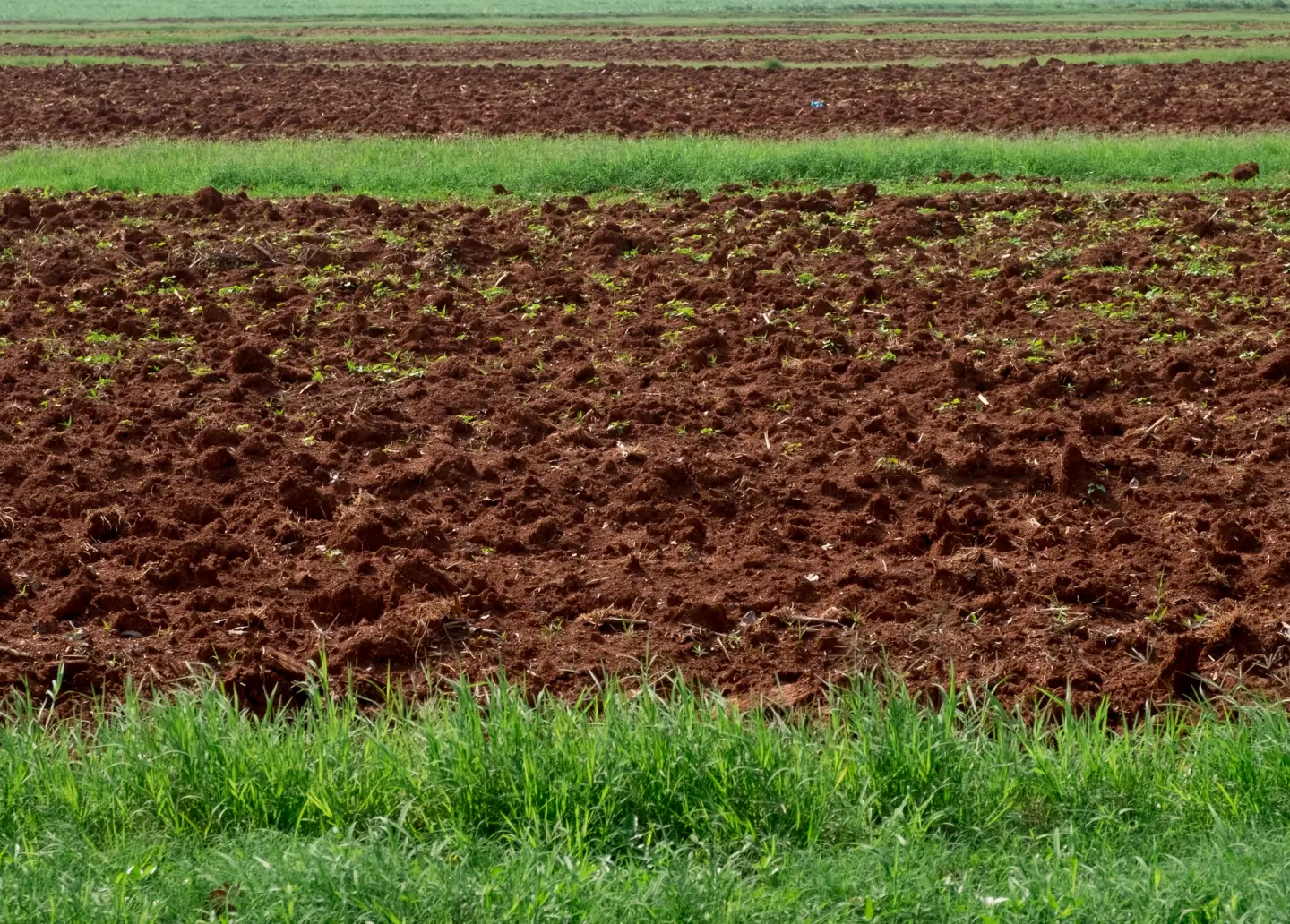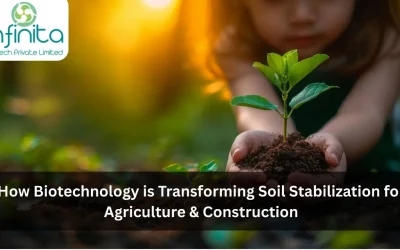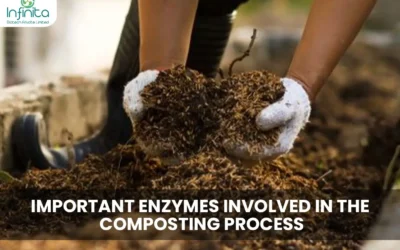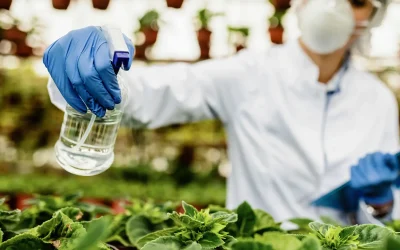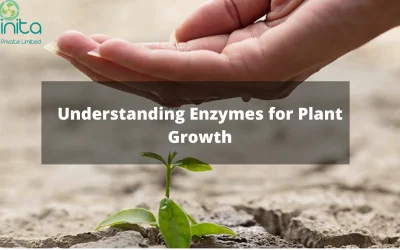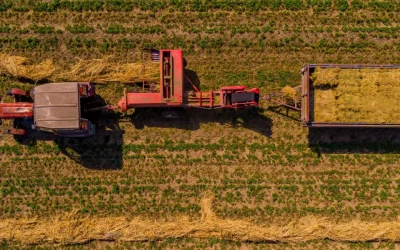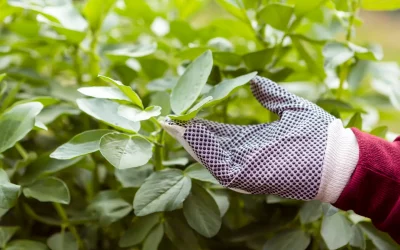Every fashion-junkie today, if were given an option of choosing a fabric for both comfort and statement they’d always turn to the organic fibre-turned-textile dubbed as Linen. Everybody is in awe of it today or would at least be familiar with the fabric as its origin dates all the way back to the Neolithic age and has not only survived but thrived to become a symbol of class and taste and rightly so as it falls elegantly and feels light on the body as the fabric is breathable. However, ever wonder how the cloth is made or how organic fibre is turned into fine long threads and further into textile?
Just like leather extraction, where you leave out muscles, organs and bones which has furthermore uses, similarly for fibre extraction, you leave out plant matters like the membrane, cellular tissues and pectin that surround the bast-fibre wall which will later become fine bundles of loom yarn. However, the plant matrix cannot be separated by dissection because unlike animal-tissue-muscle-organ-and-bone-physiology, in plants everything is very closely knitted to each other i.e. the exterior dermis [skin] tissue known as Meristematic tissues, in the core permanent tissues which makes up for most of the plant and further classified into simple and complex permanent tissues, furthermore down to xylem and phloem. So, there is really a lot happening there and extracting bast, which is exactly between the dermis and the core, making up from all the fibrous rigidity for all the sticky plant membrane, becomes a big question.
That’s Where Retting Comes In
When humanity was learning to farm, they also discovered fibre-based weaving and made ropes, bags and clothing. Although how they did that was anybody’s guess, the most common hemp retting methods were:
Dew-retting, where the plant material would simply be laid out on the fields, exposed to moist/dew and further on sunlight for days to come as this process exhibits microbial and bacterial activity which helps in decomposing plant non-cellulose tissue-matter while leaving behind fibre and husk which will be made subject to further refining.
Water-retting, where the matrix is left immersed in water for literally rotting away the plant tissue and pectin. The water is at times renewed throughout the process which can go on for weeks.
Simply put, retting is a plant fibre-extraction process in which fibre-rich plants are made subject to decomposition via heavily exposing it to moisture which promotes microbial activity. The retted stalks are later dried for separating the bast-extracts a.k.a. plant fibres like flax/linen, hemp, jute, kenaf, etc.
Nonetheless, fibre extraction for textile has forever been reliant on flax since time immemorial and continued to be so, until synthetic petrochemical-based weaving took over the textile industry and more. Regardless, the world has been moving back towards adopting organic clothing and in doing so, the industry re-visited the then-controversial plant called marijuana/hemp and realised, the plant had more to offer than just a psychoactive high among which one of the interesting facts about hemp was that it was a higher bast-fibre source.
From both user-end and production perspective, hemp fibre has gained critical approval over its course in time. Besides, hemp fibre is very identical to flax/linen in appearance, in fact, it is impossible to tell hemp fabric from linen unless observed under a microscope or chemically tested; they’re both lights, breathable, turns supple over time gaining an elegantly fluid fall and it is the most sustainable organic fibre. So, needless to say a lot of producers are turning to hemp as an alternative as it is easily grown without needing expensive fertilisers, nevertheless production falls short as traditional retting methods are far too time-consuming to meet the enormous needs of a large market that is switching to hemp fibre retting which is why there was a need to modernise the process of retting which was a task for the BioTech community which later led to the discovery of enzymatic retting processes.
Which Enzymes Are Used For Hemp Retting?
Synthesising enzymes for enzymatic-retting is highly intricate and sophisticated biochemistry which involved lengthy research, tests and observations based on microbes and bacteria responsible for bringing about decomposition in plants.
Decomposition is brought about in plants when a particular bacteria like Bacillus tequilensis along with many other including fungi like Penicillium targets the pectin-based compounds, a major constituent in plant’s cell lamellae that are composed of calcium and magnesium pectate, which is ultimately hydrolysed by enzymes commonly known as ‘pectinases’ or ‘pectinolytic enzymes.’ The synthesis of an exact chemical compound which replicates the process of microbial enzymes is carried out using the Bacillus tequilensis SV11-UV37 bacteria which results in alkaline pectate lyase, viz. polygalacturonate lyase [PGL] and polygalacturonase [PG] The enzymes break down pectin polysaccharides which are bonded by α-1,4 glycosidic weaving, splitting it open by forming a hydrolytic cleavage and speeding the separation of gummy matter from the plant bast. This process is faster than the traditional methods of retting and is already taking over the fibre-extraction industry and has been a go-to option for textile producers.
